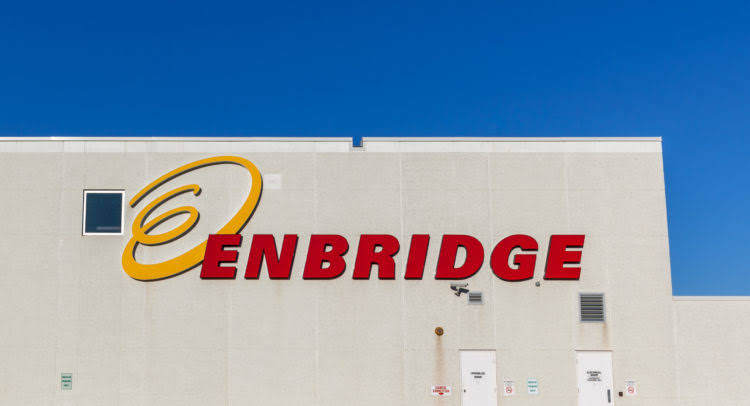The Trans Mountain Expansion (TMX) project, which added 590,000 barrels per day (bpd) of capacity to an existing pipeline from Alberta to British Columbia, was supposed to ease the congestion and lower the transportation costs for Canadian oil producers. The project, which faced repeated delays and legal challenges, finally started operating in the second quarter of 2024.
However, according to Enbridge Inc, the operator of the Mainline system, the largest pipeline network in North America, the TMX project has not solved the problem of insufficient pipeline capacity. The Mainline system, which carries about 3.2 million bpd of crude from Alberta to the U.S. Midwest and Gulf Coast, is still running at full capacity and rationing the volumes that shippers can move.
Growing supply, stagnant demand
One of the reasons for the persistent pipeline woes is the growing supply of Canadian oil, which has outpaced the demand from the U.S. refineries. Enbridge’s executive vice president of liquids pipelines, Colin Gruending, said that Canadian producers have added around 750,000 bpd of supply in a four-year period up to the end of 2025.
Meanwhile, the demand for Canadian heavy crude, which is cheaper and more suitable for refining into diesel and jet fuel, has been stagnant or declining in the U.S. market. The U.S. refineries have been facing lower margins and higher competition from overseas suppliers, especially after the lifting of the crude export ban in 2015. Moreover, the U.S. shale oil production, which is lighter and sweeter than Canadian oil, has been increasing and displacing some of the Canadian imports.
Looking for alternatives
As a result of the pipeline constraints, Canadian oil producers have been looking for alternative ways to transport their crude to the market, such as rail, truck, or marine. However, these options are more expensive, risky, and environmentally unfriendly than pipelines. According to the Canadian Association of Petroleum Producers, the lack of pipeline capacity costs the Canadian economy about C$20 billion a year in lost revenues.
Some producers have also been exploring new markets for their oil, such as Asia and Europe, where the demand for heavy crude is expected to grow. The TMX project, which terminates at the port of Burnaby near Vancouver, offers the opportunity to export Canadian oil to overseas markets. However, there are still challenges and uncertainties in accessing these markets, such as the availability of tankers, the price differentials, and the environmental regulations.
Despite the difficulties, the Canadian oil industry remains hopeful that the pipeline situation will improve in the future. Enbridge, for instance, is planning to expand its Mainline system by adding 370,000 bpd of capacity by 2025, pending regulatory approvals. The company is also working on a long-term contract model for its shippers, which would provide more certainty and stability for both the pipeline operator and the oil producers.
In addition, the Canadian government and the oil industry are working together to reduce the environmental impact of oil production and transportation, and to address the concerns of the Indigenous communities and the public. By improving the environmental, social, and governance (ESG) performance of the oil sector, Canada hopes to enhance its reputation and competitiveness as a reliable and responsible supplier of energy to the world.
Source: Reuters



